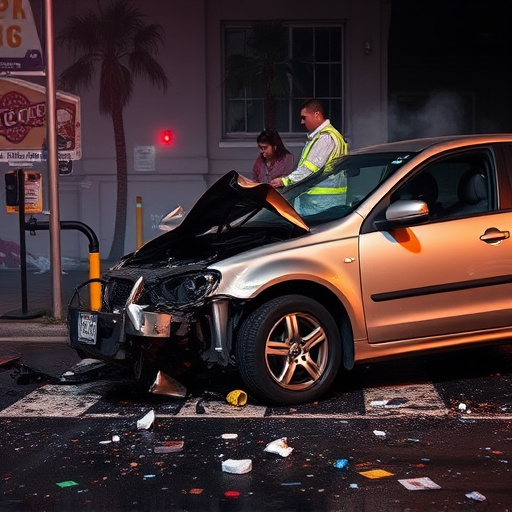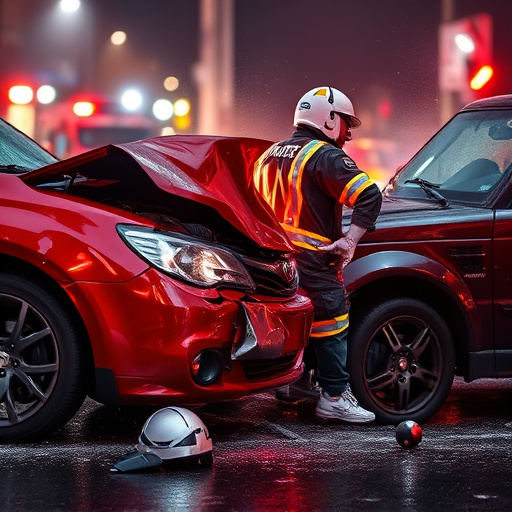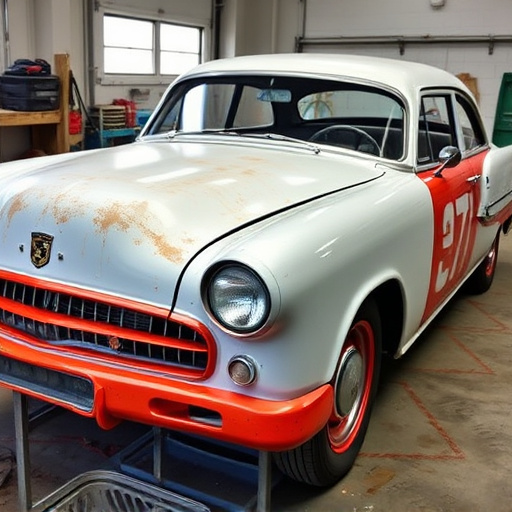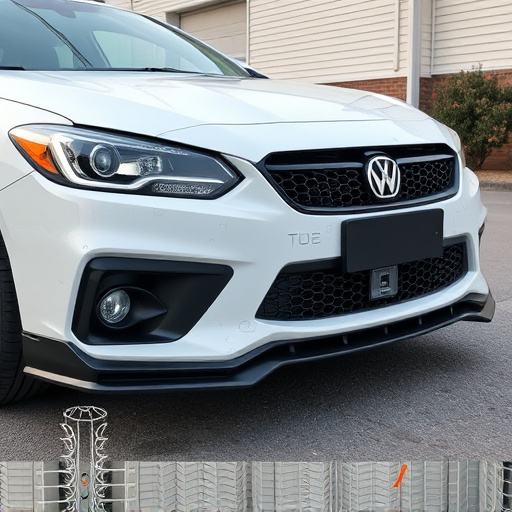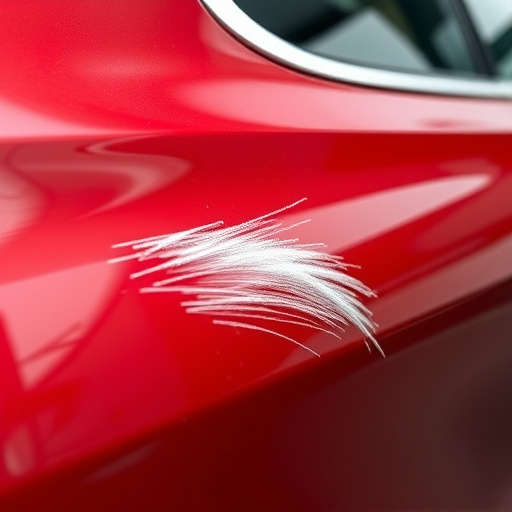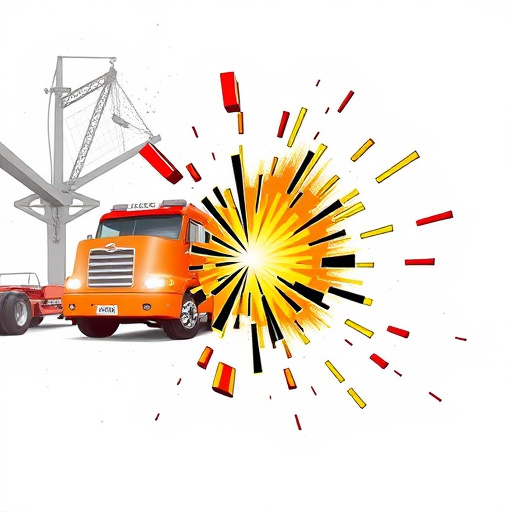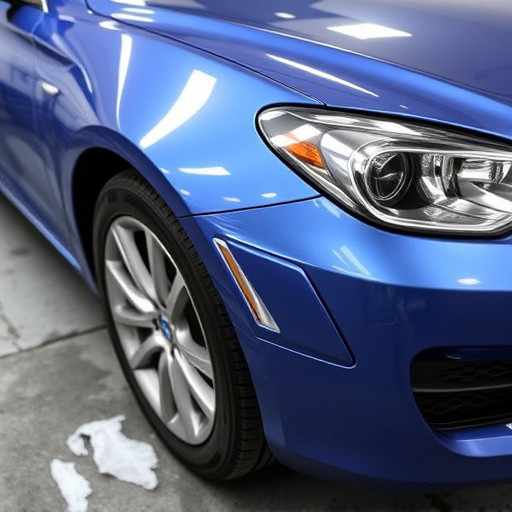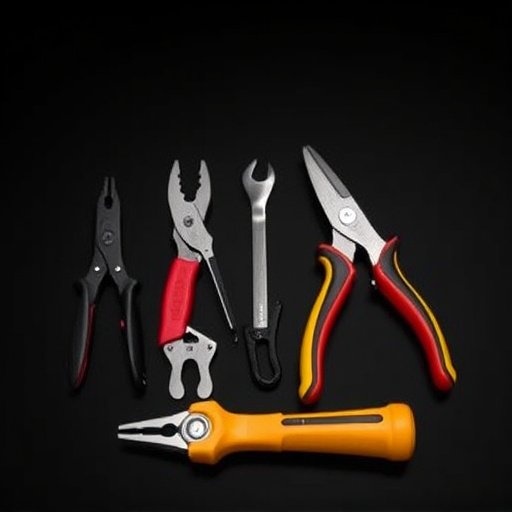Mercedes high-strength steel (AHSS) repair poses unique challenges due to its complex properties, requiring specialized techniques and thorough pre- and post-scan assessments. Technicians use advanced imaging and CAD software for precise damage analysis and digital record-keeping before repairs. Post-repair quality assurance involves comprehensive scans and visual inspections using laser scanners and computer-aided detection systems to guarantee structural integrity and enhanced safety features, ensuring the restored vehicle meets Mercedes' manufacturing standards.
Mercedes high-strength steel repair is a specialized process demanding meticulous attention. These advanced alloys, integral to modern vehicle design, pose unique challenges due to their strength and complexity. To ensure structural integrity and safety, pre- and post-scan verification are crucial steps in the repair process.
Understanding Mercedes high-strength steel’s properties and the intricacies of its repair is essential for technicians. Pre-scan verification involves assessing damage and planning repairs, while post-repair quality assurance guarantees structural soundness and compliance with safety standards.
- Understanding Mercedes High-Strength Steel: Properties and Challenges
- Pre-Scan Verification Process for Accurate Repair Evaluation
- Post-Repair Quality Assurance: Ensuring Structural Integrity and Safety
Understanding Mercedes High-Strength Steel: Properties and Challenges

Mercedes high-strength steel is renowned for its exceptional strength and durability, making it a preferred material in modern car construction, especially in premium vehicles like Mercedes-Benz models. This advanced steel grade offers enhanced safety features and improved structural integrity, but it also poses unique challenges when it comes to repair. The complex nature of its properties requires specialized techniques and equipment for effective Mercedes high-strength steel repair.
One of the key considerations is understanding the material’s behavior during impact and how it deforms without compromising structural integrity. Unlike traditional steel, high-strength variants have a delicate balance between strength and ductility. Repairs must be precise to maintain this balance, ensuring the auto bodywork remains as strong and reliable as the original manufacturing standards. This precision involves pre- and post-scan verification processes to accurately assess damage and guide repair techniques, including specialized welding and panel replacement methods for car bodywork.
Pre-Scan Verification Process for Accurate Repair Evaluation
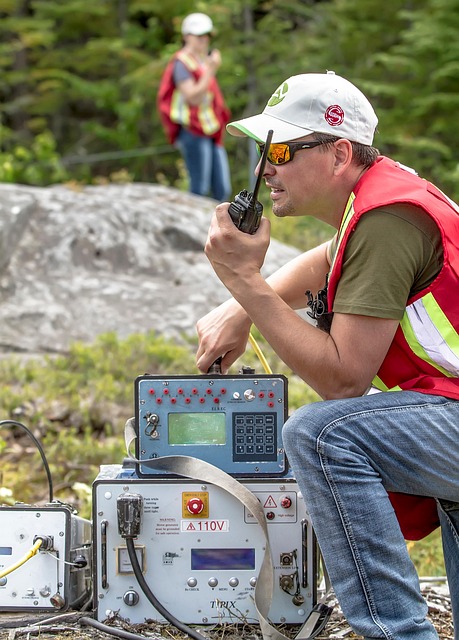
Before initiating any Mercedes high-strength steel repair, a thorough pre-scan verification process is paramount. This involves meticulous inspections and diagnostic scans using specialized equipment to accurately assess the extent of damage to the vehicle’s structure, particularly focusing on its advanced high-strength steel (AHSS) components. The collision center’s technicians will employ advanced imaging technology and computer-aided design (CAD) software to identify precision points for repair, ensuring every detail is accounted for in the upcoming restoration process. This meticulous pre-scan step sets the foundation for precise repairs, aligning with the strict standards of Mercedes vehicle manufacturing.
The pre-scan evaluation not only detects damage but also provides a comprehensive digital record, enabling the body shop services team to develop a tailored repair plan. By cross-referencing scan data against original manufacturer specifications, they can ensure that each component is replaced or reinforced accurately, maintaining the vehicle’s structural integrity and safety features. This verification process is crucial in mitigating potential issues during the actual repair stage, thereby guaranteeing a seamless return to the road for the vehicle following collision repair.
Post-Repair Quality Assurance: Ensuring Structural Integrity and Safety

After a Mercedes high-strength steel repair, meticulous post-repair quality assurance is paramount to ensure both structural integrity and safety. This involves comprehensive scans and visual inspections to verify that all components have been accurately restored to their original specifications. Advanced technologies, such as laser scanners and computer-aided detection systems, play a crucial role in this process by pinpointing even the slightest discrepancies or misalignments.
By adhering to strict quality assurance protocols, top-tier collision centers and auto body repair shops guarantee that Mercedes vehicles return to the road with reinforced structural strength and enhanced safety features. This meticulous approach not only preserves the vehicle’s performance but also reinforces the owner’s confidence in their vehicle’s ability to withstand future collisions or challenging driving conditions.
In conclusion, the successful repair of Mercedes high-strength steel components necessitates a rigorous process that combines pre- and post-scan verification. By meticulously assessing the damage and utilizing advanced scanning technologies, technicians can ensure accurate evaluations. Post-repair quality assurance is paramount to maintaining structural integrity and safety standards, making it an indispensable step in the Mercedes high-strength steel repair process.



